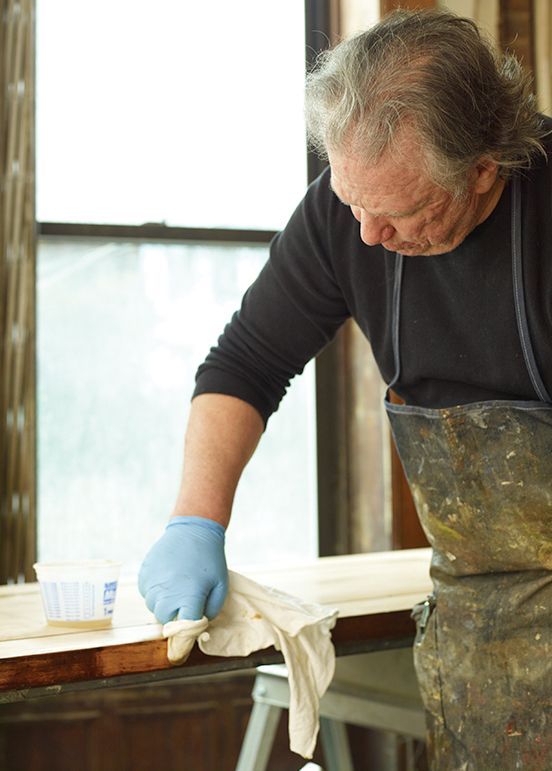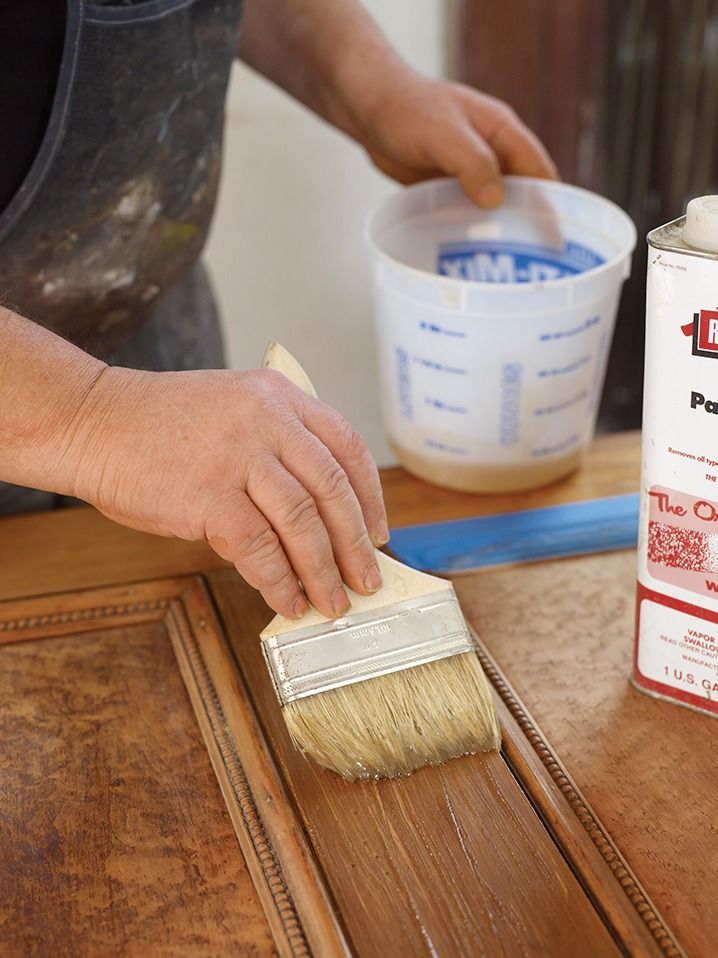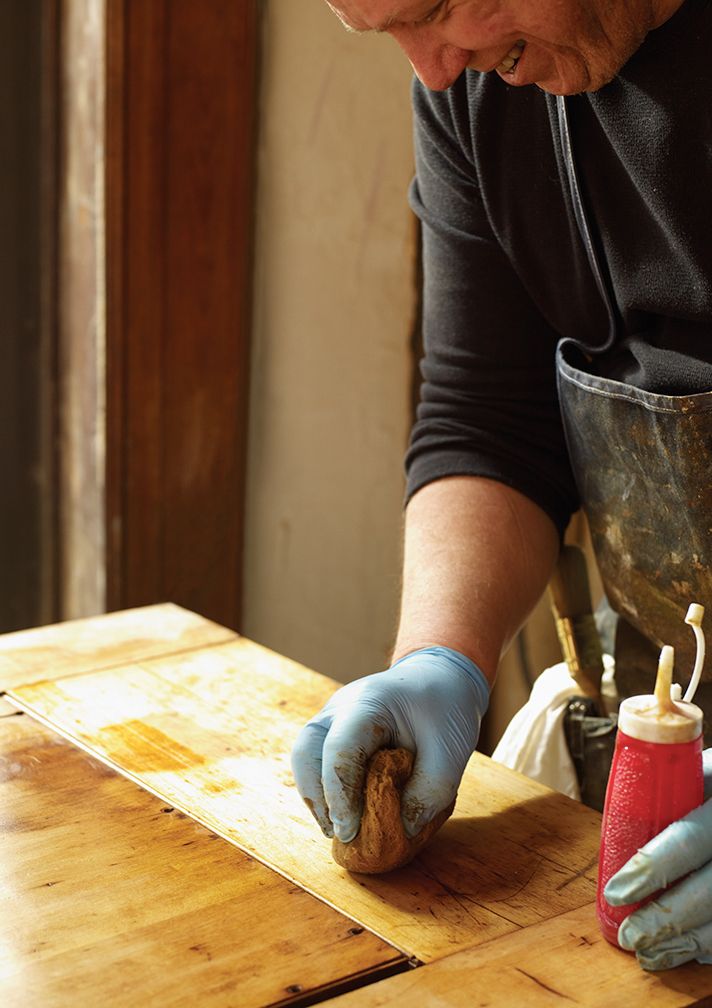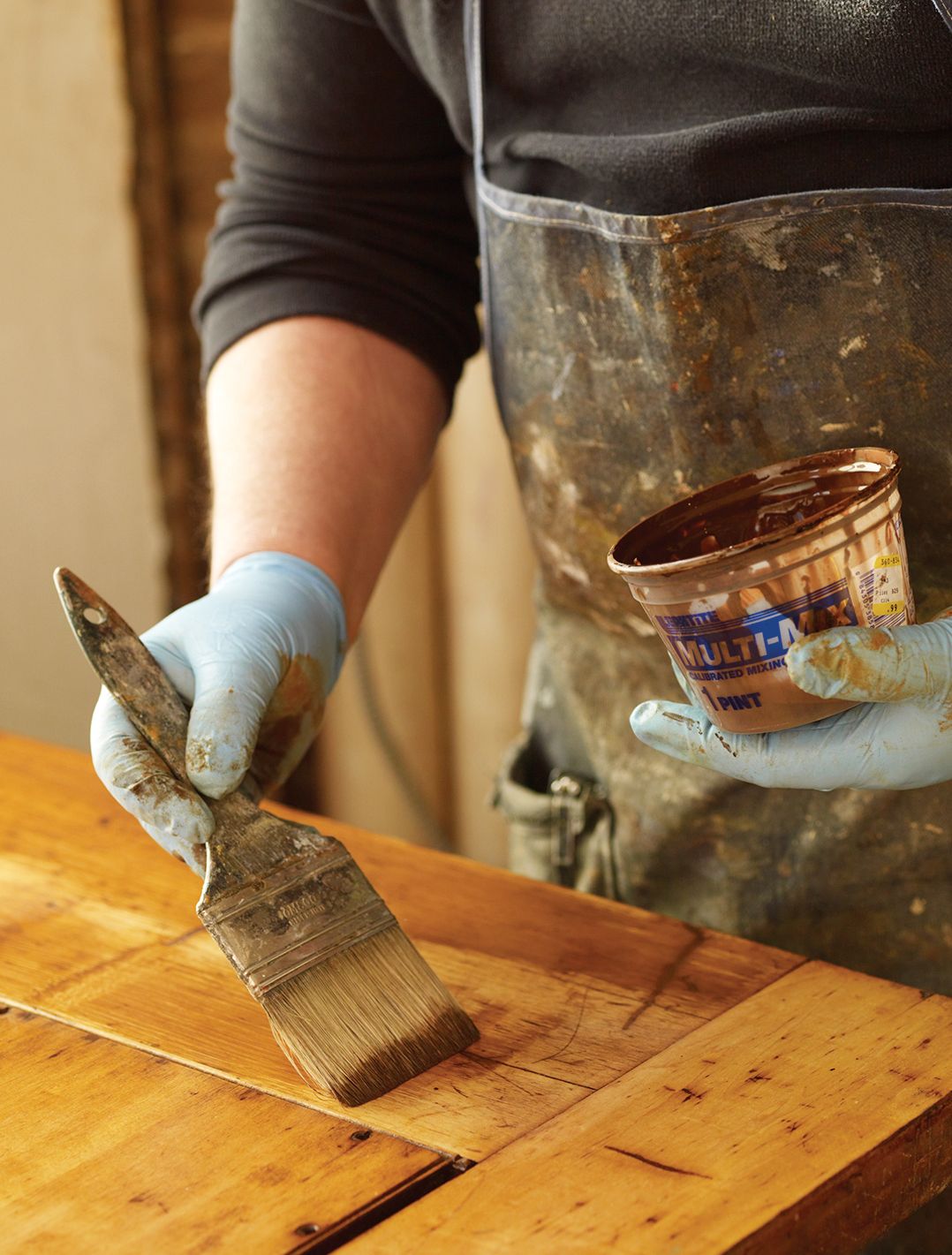Refinishing woodwork can breathe new life into dull or damaged surfaces, transforming the look of your home. Whether you’re updating trim, cabinetry, or furniture, the process involves several steps to achieve professional-looking results. This guide will help you through every stage of refinishing woodwork, from assessing the current finish to applying a new one.
Assessing the Current Finish on Your Woodwork
Before beginning the refinishing process, examine the existing finish on your woodwork. Different finishes require different approaches to removal. Identifying your wood’s current finish will guide you on the right steps and products to use.
Types of Wood Finishes
There are several types of wood finishes, each with distinct characteristics:
- Lacquer: A durable finish that dries quickly and is resistant to moisture
- Oil: A finish that penetrates the wood, highlighting the grain and providing a natural look
- Polyurethane: A synthetic finish that offers excellent protection against scratches and moisture
- Shellac: A natural resin that provides a high-gloss finish but is prone to damage from water and alcohol
- Varnish: A protective finish that creates a hard, durable surface

Identifying Your Wood Finish
Shellac produces a high-shine gloss recognizable by its amber tint and sensitivity to solvents like alcohol. Lacquer may feel smoother and is often used in high-end furniture due to its fast-drying nature. Varnish and polyurethane appear similar, but varnish tends to have a warmer hue, while polyurethane provides a crystal-clear protective layer. Oil finishes penetrate rather than sit on the surface, enriching the wood’s natural tones.
The best way to determine what kind of finish is on your wood is to find an inconspicuous area and rub it with a little denatured alcohol. Shellac will come right off. If the finish softens and doesn’t come off, it’s a water-based polyurethane. If nothing comes off, it’s an oil-based polyurethane or varnish.
Woodwork Refinishing: Tools and Materials
Refinishing woodwork requires specific tools and materials for the best results. Here’s a list of essentials.
Tools
- Brushes
- Gloves
- Putty knife
- Respirator mask
- Safety goggles
- Sandpaper (various grits)
- Scrapers
- Steel wool
Materials
- Chemical stripper
- Denatured alcohol
- Tack cloth
- Sealer
- Top coat (varnish, shellac, lacquer, or polyurethane)
- Wood cleaner
- Wood filler
- Wood stain
Optional Tools
While not required, a few optional woodworking tools can make your project easier. Power sanders efficiently handle large surfaces, and electric scrapers can help remove stubborn finishes. Detail brushes and sponges can help you work around intricate carvings and moldings.
Safety Precautions and Workspace Preparation
Safety is paramount when refinishing woodwork. Always work in a well-ventilated area and follow safety guidelines for each product you use. Proper workspace setup will help you minimize risk and complete your project smoothly.
Preparing Your Workspace
Proper ventilation and cleanliness create a conducive environment for refinishing.
- Covered surfaces: Use drop cloths or plastic sheeting to protect floors and other surfaces from spills.
- Protective gear: Wear gloves, safety goggles, and a respirator mask to protect yourself from harmful chemicals.
- Ventilation: Ensure your workspace is well-ventilated to avoid inhaling fumes from chemical strippers and finishes.
Handling Chemicals Safely
When using chemical strippers and other products, read and follow the manufacturer’s instructions. Dispose of any used chemicals and rags immediately according to your local regulations on safe disposal.
Stripping the Old Woodwork Finish

The method you choose to remove the old finish depends on the condition of your wood and what it was finished with. Proper stripping ensures that the new finish adheres well and looks smooth.
Chemical Strippers
Chemical strippers are popular because of how efficient and easy to use they are. Here’s how to use them:
- Application: Apply the chemical stripper with a brush, ensuring even coverage.
- Reaction time: Let it sit for the manufacturer-recommended time.
- Removal: Use a scraper to remove the softened finish, working in the direction of the wood grain.
Manual Sanding
Manual sanding can also be a good solution if you prefer to forgo the use of strong chemicals. Follow the steps below:
- Starting grit: To remove the bulk of the finish, begin with lower-grit sandpaper (80–100 grit).
- Progression: Gradually move to finer grits (150–220 grit) for smoothing.
- Consistency: Ensure even sanding to avoid gouging the wood.
Cleaning and Sanding Bare Wood
Once the old finish is removed, clean and sand the bare wood to prepare it for the new finish. This step helps you achieve a smooth and lasting new finish.
Cleaning Bare Wood
Cleaning woodwork helps prevent debris from compromising the new finish. First, use a wood cleaner to remove any residue left behind by the stripper, then wipe the surface with a cloth to remove dust and debris.
Sanding Wood
Start with a coarser grit sandpaper and work your way to a finer grit to achieve a smooth surface. Sand in the direction of the wood grain to avoid scratches. Then, after progressing through coarse to finer grits, use a very fine grit (320 grit or higher) for a final smoothing.
Applying the New Finish to Woodwork

Applying a new finish involves sealing, staining, and applying a top coat. Each step requires attention to detail to achieve a professional look. Proper application techniques and patience can make a noticeable difference in the final result.
Sealing the Wood
Sealing the wood helps prevent uneven staining and provides a base for the top coat. Select a sealer that’s compatible with your chosen stain and top coat. Apply the sealer evenly with a brush, following the direction of the wood grain.
Staining the Wood
Staining adds color and enhances the natural grain of the wood. Test the stain on a small, hidden area to ensure you like the color. Then, apply the stain with a brush or cloth, following the wood grain. Wipe off excess stain to achieve your desired color. For richer color, you can apply the stain in multiple thin layers. Allow each to dry before adding the next layer.
Applying the Top Coat
The top coat protects the wood from daily wear and tear and gives it a finished look. Choose a top coat that will give you your preferred level of durability and shine. Apply multiple coats, allowing each coat to dry before applying the next. Lightly sand between each coat to ensure a smooth, blemish-free finish.

Troubleshooting Common Refinishing Issues
Refinishing woodwork can present some challenges. Here’s how to troubleshoot common problems with minimal frustration.
Blotchy Stain Absorption
Uneven absorption of stain can result in blotchy or streaky finishes. In order to avoid a blotchy absorption, follow these steps:
- Use a wood conditioner: Apply a wood conditioner before staining to even out absorption.
- Practice proper sanding: Ensure the wood is sanded uniformly, finishing with fine-grit sandpaper.
- Use gel stains: Consider using gel stains, which sit on top of the wood and provide a more uniform color.
Rough Surface After Staining
A raised grain can cause the wood to feel rough after staining. You can fix it by following these steps:
- Sand between coats: Lightly sand the surface with fine-grit sandpaper (220 grit) between coats of stain or finish.
- Use a tack cloth: Remove sanding dust with a tack cloth before applying additional coats.
Sticky Finish
Improper drying conditions or applying too thick a coat can cause the finish to feel sticky or tacky. You can avoid this issue by following these steps:
- Apply thin coats: Apply thinner coats of finish and allow adequate drying time between coats.
- Work in a controlled environment: Ensure proper ventilation and moderate temperatures during application and drying.
Bubbles in Finish
Air bubbles can form in the finish, creating a bumpy texture. Avoid this issue by following these steps:
- Stir, don’t shake: Stir the finish gently to avoid introducing air bubbles.
- Use the brush technique: Use a high-quality brush and apply the finish in long, smooth strokes. Avoid over-brushing.
- Apply light sanding: If bubbles appear, lightly sand with very fine-grit sandpaper (320–400 grit) between coats.
Scratches and Dents
Scratches and dents can become more visible after refinishing, but you can avoid this issue with these tips:
- Use wood filler: Fill deep scratches and dents with a wood filler that matches the wood color before sanding and staining.
- Apply the steam method: For minor dents, use a damp cloth and a hot iron to raise the wood fibers before sanding smooth.
Stain Not Taking
If the wood doesn’t absorb the stain properly, this could be caused by the previous finishes or contaminants. Make sure you don’t run into that problem by following these tips:
- Strip old finish: Use a chemical stripper or sand the wood thoroughly to remove old finishes.
- Clean surface: Ensure the wood is clean and free of oils or waxes before staining.
White Rings or Spots
White rings or spots can appear due to moisture trapped under the finish. Here’s how to fix them:
- Apply the heat method: Place a cloth over the spot and gently apply heat with an iron to draw out the moisture.
- Use mayonnaise or toothpaste: Rub a small amount of mayonnaise or non-gel toothpaste on the spot, let it sit, and then buff it out.
Peeling or Flaking Finish
The finish might peel or flake off. Typically, this is due to improper surface preparation. Here’s how to avoid any peeling finish:
- Practice proper prep: Sand the wood thoroughly and clean it before applying the finish.
- Use quality products: Use high-quality finishes and apply them according to the manufacturer’s instructions.
Discoloration or Uneven Color
If the wood appears discolored or has uneven color after refinishing, you can follow these steps to fix the problem:
- Test samples: Always test the stain on a scrap piece of the same wood or in an inconspicuous area.
- Practice consistent application: Apply the stain consistently, and wipe off excess evenly to avoid dark spots.
Finishing Over Stain
If the topcoat doesn’t adhere well to the stained surface, you can fix the issue with the steps below:
- Ensure compatibility: Ensure the stain and finish are compatible (e.g., oil-based stain with oil-based polyurethane).
- Calculate dry time: Allow the stain to dry thoroughly before applying the topcoat.
- Lightly sand: Lightly sand the stained surface before applying the finish to ensure better adhesion.
